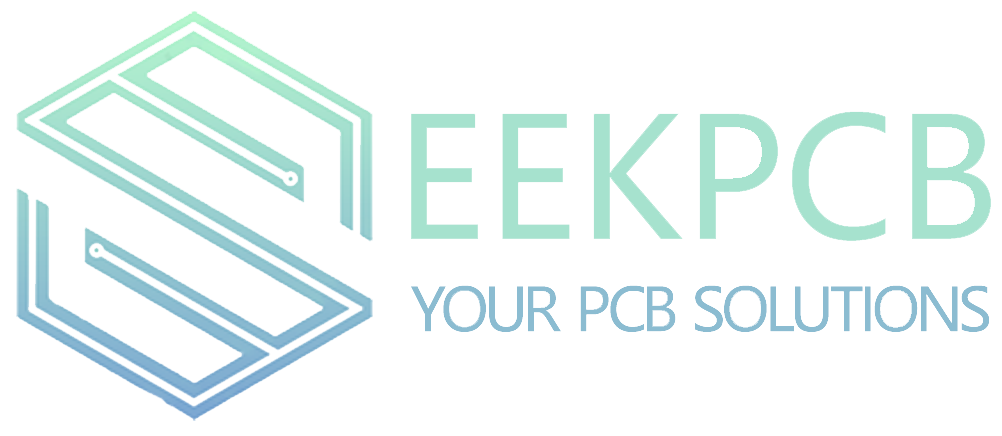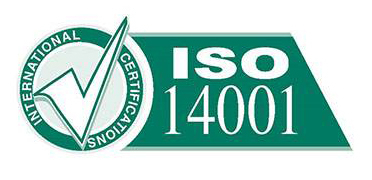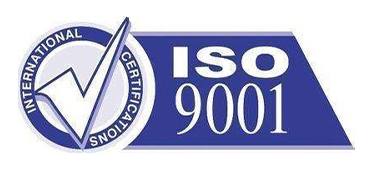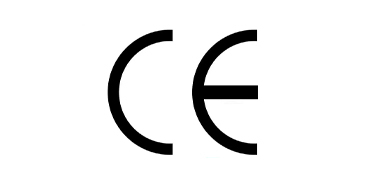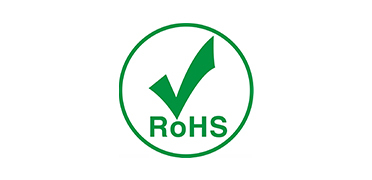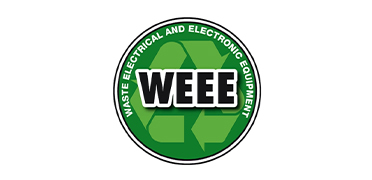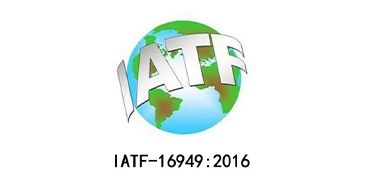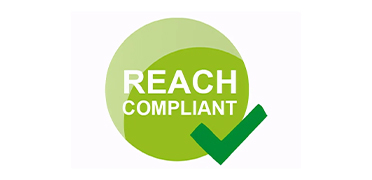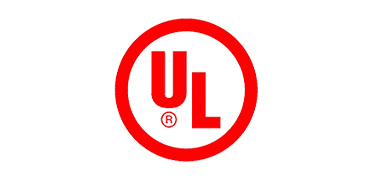








What is a single sided printed circuit board
A single sided circuit board is a circuit board in which circuit wires or components are laid on only one side. Its characteristics are relatively simple, low cost, and easy to manufacture, repair and upgrade.
Product materials and applications
Product material: Single sided circuit board materials include FR4, CEM-1, CEM-3, aluminum substrate, paperless substrate and other materials.
Application field: Single sided printed circuit boards have a wide range of application scenarios, such as home appliance industry, computer monitors, power supplies, etc., as well as a variety of embedded products, control modules, lighting circuits, and so on. Single sided pcb is preferred in many industrial and commercial applications because of their ease of manufacture and maintenance.
In general, single sided pcb is widely used and can be used for the production of control circuits, drivers, power supplies, instruments and meters.
Advantages and disadvantages of single layer pcb
Advantage
1. Simpler design
Single side pcb design is very simple. There is only one conductive layer, so it is easy for designers to design, and with less mistakes in the design process.
2. Easier fabricate
Because the single layer pcb design is simple, it is also easier to produce and fabricate. SeekPCB can produce single layer pcb with professional experience.
3. Lower cost
Needless to say, the cost of making a single layer pcb is lower than a multilayer pcb. Because the single pcb fabrication process will be less and simpler. If you order in volume, the price will be further reduced. From the point of cost savings, single layer pcb is your best choice.
4. More stable and reliable
Single layer pcb design is simple and therefore more reliable. Fewer opportunities for errors and failures. It offers excellent performance and high reliability. It also ensures long-lasting operation of the board and components.
5. Easier to repair and test
Single layer pcb is easier to test than multilayer pcb, it can be easily inspected by AOI, or in the case of BGA components, by X-ray. If there is any malfunction, it can be easily detected. Moreover, maintenance of single layer pcb is also easier and simpler.
Disadvantage
1. Large size
In multilayer pcb, the circuit is distributed in multiple circuit layers, which makes the structure of the board more compact, but also effectively reduce the size of the pcb. However, the circuit of a single layer pcb only exists in one layer, and all the circuits are on this layer, so its final size will be larger and the space occupied will be larger.
2. Cannot handle complex designs
If your project requirements are complex circuits, they cannot be implemented on a single layer pcb.
3. Slow speed
Compared with multilayer pcb, single layer pcb signal transmission speed is slower. If you need high speed, you need to use a double or multilayer pcb.
Stack up for single layer pcb
The stack up in a single layer pcb is very simple. There are only two main layers, but if we calculate the total number of layers, it includes solder resistance layer, surface treatment and screen printing. However, there are only two important layers: the conductive layer and the base layer.

How is single pcb fabricated
PCB manufacturing is a long and complex process. Even single pcb fabrication have to go through a dozen processes before they can be manufactured. The following is the production process of single layer pcb:
Material cutting→Drilling→Outer pattern→Etching→Inspection→Solder resistance→Silkscreen→Routing process→Testing→Final inspection→Shipping

+86-18925293263
